What If House Failed Termite Inspection: A Comprehensive Guide
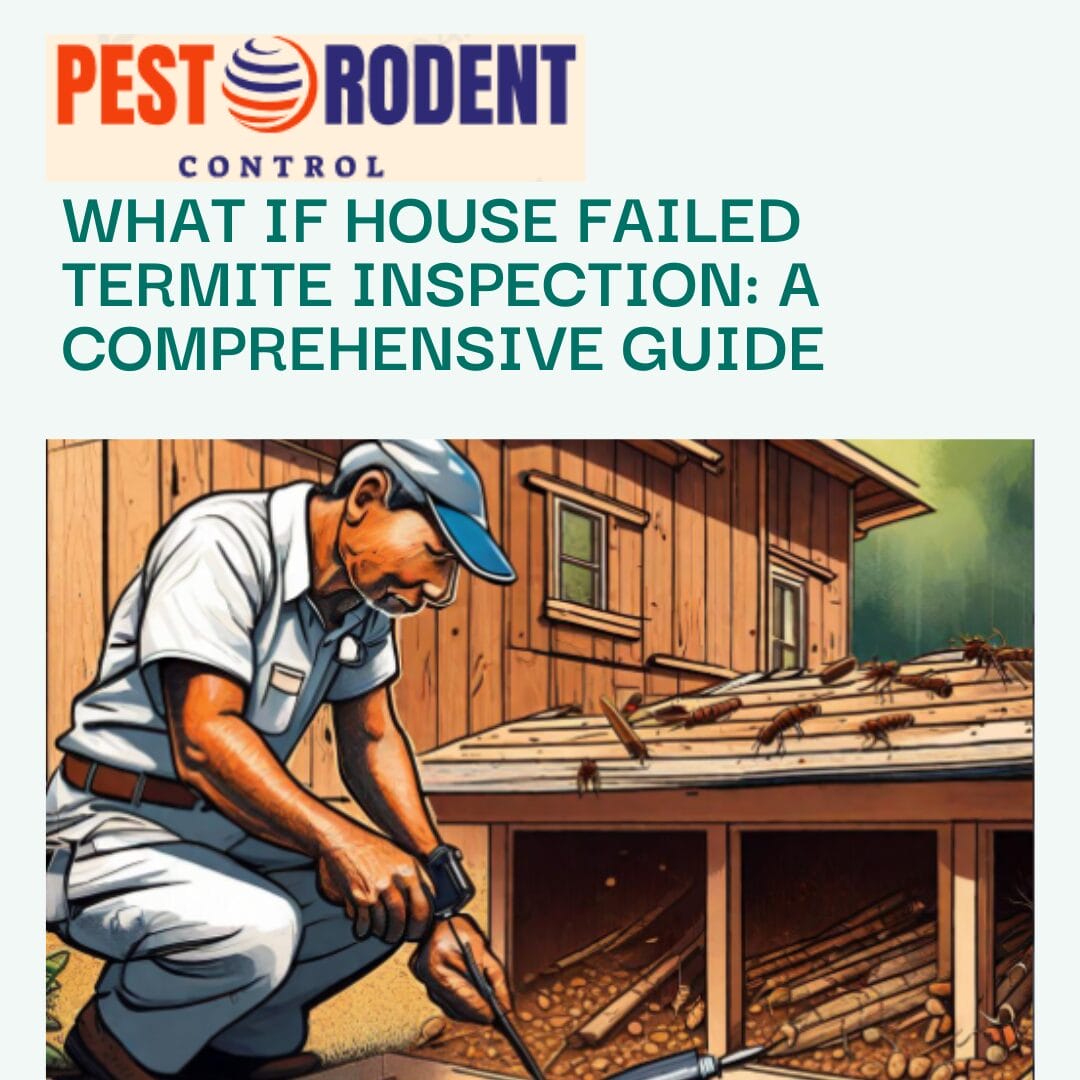
What If House Failed Termite Inspection: A Comprehensive Guide
Introduction
When it comes to maintaining the structural integrity of your house, termite inspections play a crucial role. These tiny, wood-destroying pests can silently cause significant damage, making regular inspections essential. In this comprehensive guide, we will explore the importance of termite inspections, the significance of a failed inspection, and the potential consequences for your house.
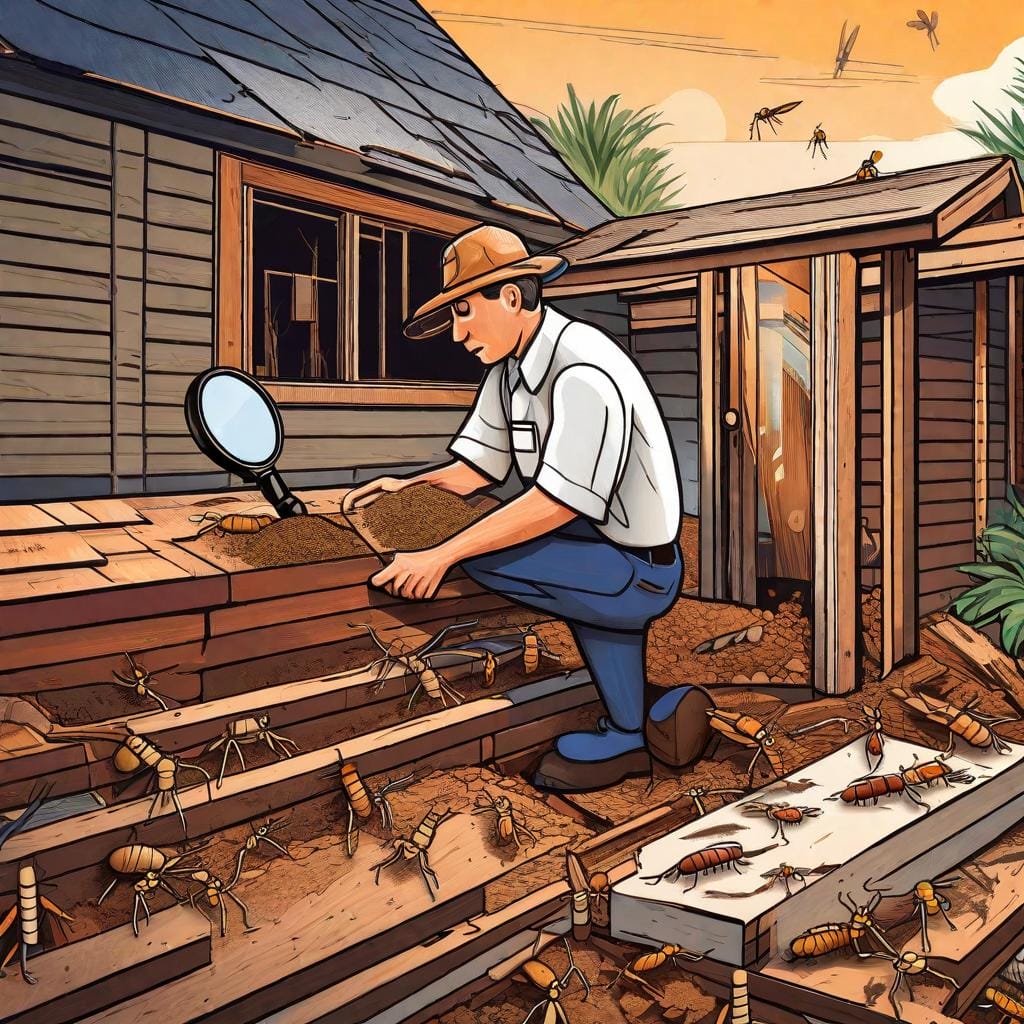
I. Understanding the Importance of Termite Inspections
Termite inspections are vital for early detection and prevention of structural damage. By identifying termite infestations at an early stage, you can save yourself from costly repairs and potential health hazards. Regular inspections allow homeowners to stay ahead of termite colonies and protect their property.
II. Signs and Symptoms of Termite Infestation
It is essential to be aware of the signs and symptoms of termite presence in your house. By recognizing these indicators, you can act quickly and minimize the damage inflicted by these small but formidable pests.
A. Visible Indicators of Termite Presence
1. Damaged Wood and Paint: Termites feast on wood, causing it to become hollow or swollen. Look out for peeling paint or wood that appears damaged or crumbling.
2. Mud Tubes and Shelter Tubes: Termites construct mud tubes to protect themselves while traveling from their nests to a food source. Finding these tubes near your house’s foundation is a clear sign of termite activity.
3. Discarded Wings: Reproductive termites shed their wings after swarming. If you discover discarded wings in your home, it indicates the presence of a termite colony.
B. Subtle Clues of Termite Infestation
1. Hollow-Sounding Wood: When you tap on termite-infested wood, it may produce a hollow or papery sound due to the tunnels created by the termites.
2. Small Holes and Tunneling Marks: Termites create tunnels and bore tiny holes as they move through wood. These signs can be an indication of an ongoing infestation.
3. Sagging or Buckling Floors: In severe cases, termite activity can weaken the structure of your house, leading to sagging or buckling floors.
C. Importance of Timely Detection and Inspection
Timely detection of termite infestations is crucial to minimize the damage caused by these destructive pests. Regular inspections by professionals can help identify termite activity before it escalates, ensuring the structural integrity of your house remains intact.
III. Understanding the Impact of Termite Infestation on Your House
If a termite inspection reveals an infestation in your house, it is essential to understand the potential consequences it can have on your property.
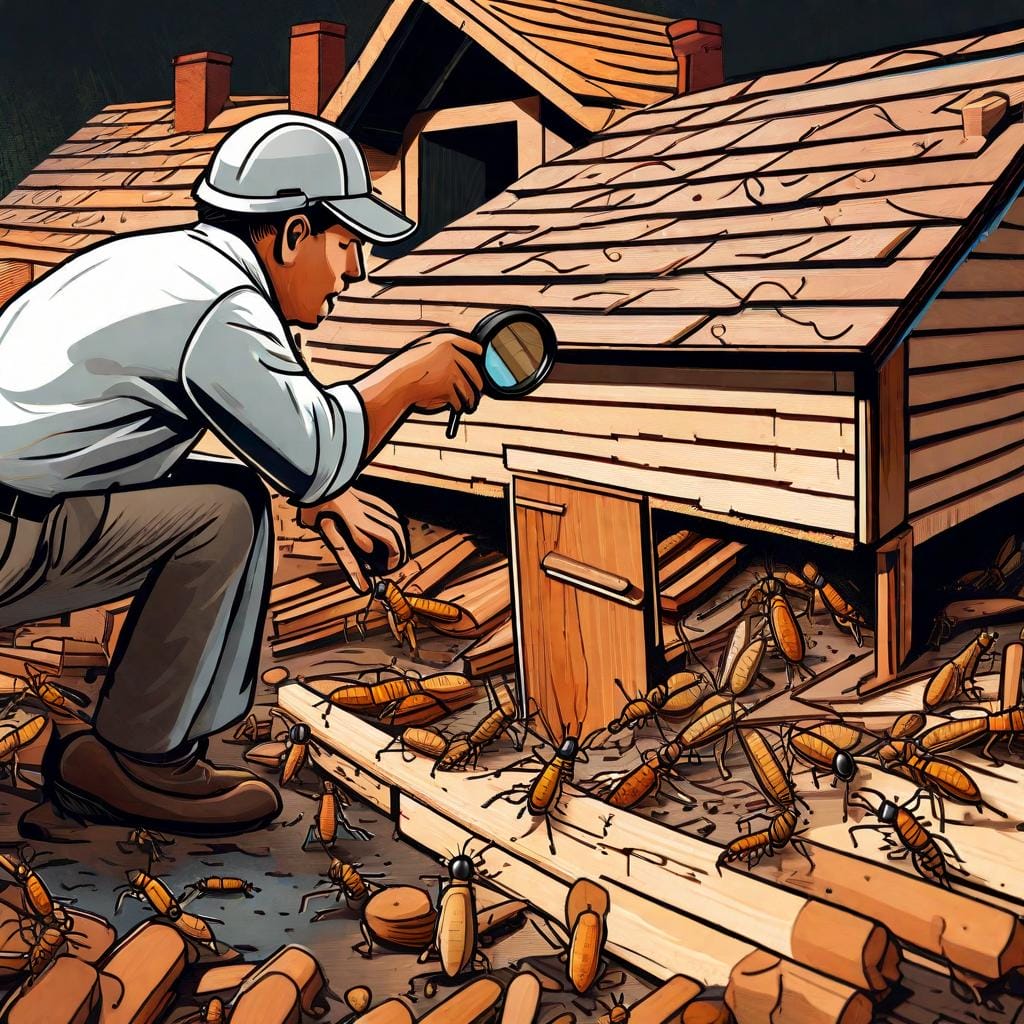
A. Structural Stability Compromised by Termites
1. Weakening of Wooden Foundations: Termites primarily target wood, including the wooden foundations of your house. Their continuous feeding can compromise the stability of these crucial structural elements.
2. Risks of Collapsing Floors or Ceilings: As termites weaken the wooden structures within your house, the risk of floors or ceilings collapsing increases, posing a significant hazard to occupants.
3. Damage to Load-Bearing Structures: Termite infestations can compromise load-bearing beams and columns, affecting the overall structural stability of your house.
B. Financial Implications and Decreased Property Value
1. Cost of Repairs and Restoration: Restoring termite-damaged areas of your house can be a costly endeavor. From replacing damaged wood to treating the infestation, the financial implications can be significant.
2. Effects on Home Insurance Coverage: Some home insurance policies may not cover termite damage, leaving you responsible for the repairs. It is crucial to review your policy to understand the extent of coverage.
3. Potential Impacts on Resale Value: Termite infestations can significantly decrease the resale value of your house. Prospective buyers may be hesitant to invest in a property with a history of termite damage.
C. Health Hazards and Risks of Termite Infestation
1. Allergenic Reactions and Respiratory Issues: The presence of termites can cause allergic reactions, including skin rashes and respiratory problems, in sensitive individuals.
2. Avenues for Mold and Fungal Growth: Termite infestations often create conditions favorable for mold and fungal growth. Mold spores can trigger allergies and respiratory issues, further compromising indoor air quality.
3. Pests Attracted by Termite Infestations: In some cases, termite infestations can attract other pests, such as rodents or ants, that further damage your property and pose additional health risks.
IV. Steps to Take When Your House Fails a Termite Inspection
If your house fails a termite inspection, it is crucial to take immediate action to mitigate the damage and prevent further infestations.
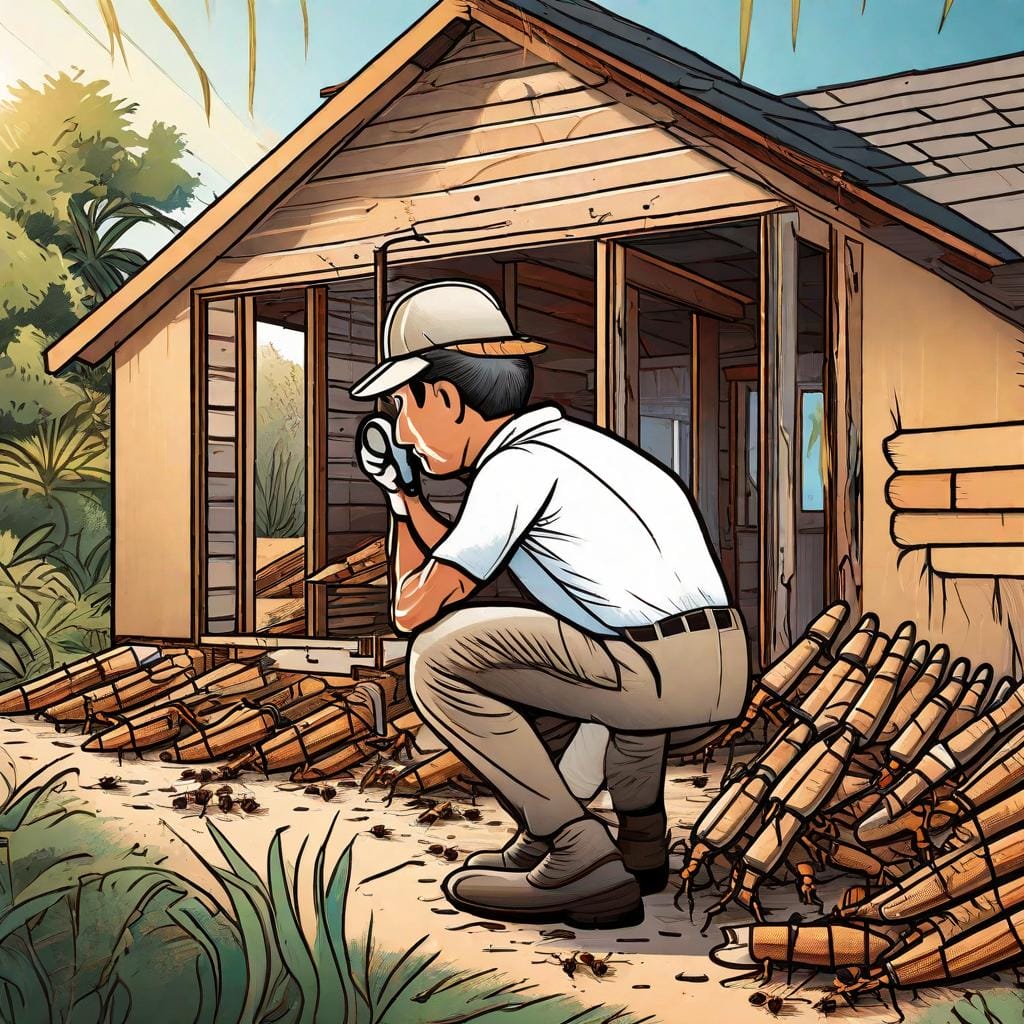
A. Contacting a Professional Pest Control Company
1. Researching and Choosing a Reliable Expert: Seek out reputable pest control companies that specialize in termite treatments. Look for online reviews, certifications, and recommendations from trusted sources.
2. Scheduling a Full Termite Inspection: Arrange for a comprehensive inspection by professionals to assess the extent of the infestation and develop a suitable treatment plan.
3. Discussing Treatment Options and Requirements: Work closely with the pest control company to understand and evaluate different treatment options, considering factors such as your budget, environmental impact, and the severity of the infestation.
B. Understanding Treatment Methods and Processes
1. Traditional Chemical Approaches: Chemical treatments, such as liquid termiticides, have long been the standard method for termite control. These treatments create a chemical barrier around the house to eliminate termites.
2. Environmentally Friendly Alternatives: With increasing environmental concerns, eco-friendly treatment options, such as baiting systems and non-toxic substances, have gained popularity. These methods target termite colonies while minimizing harm to the environment.
3. Implementing Prevention Measures: Alongside treatment, implementing prevention measures like termite barriers and regular maintenance can help protect your house from future infestations.
C. Considering Necessary Repair and Restoration Work
1. Assessing the Extent of Damage: Work closely with the pest control company to assess the damage caused by termites. Determine which areas require repair or replacement.
2. Addressing Structural Repairs: Engage reputable contractors to address any structural damage caused by termites. This may involve reshoring weakened foundations, replacing damaged beams, and repairing affected walls and flooring.
3. Ensuring Effective Termite Prevention Measures: Upon completing repairs, implement preventive measures such as soil treatment and barrier installation to minimize the risk of future infestations.
V. Precautionary Measures to Prevent Future Termite Infestations
Taking proactive steps to prevent termite infestations is crucial to safeguard your house from potential damage.
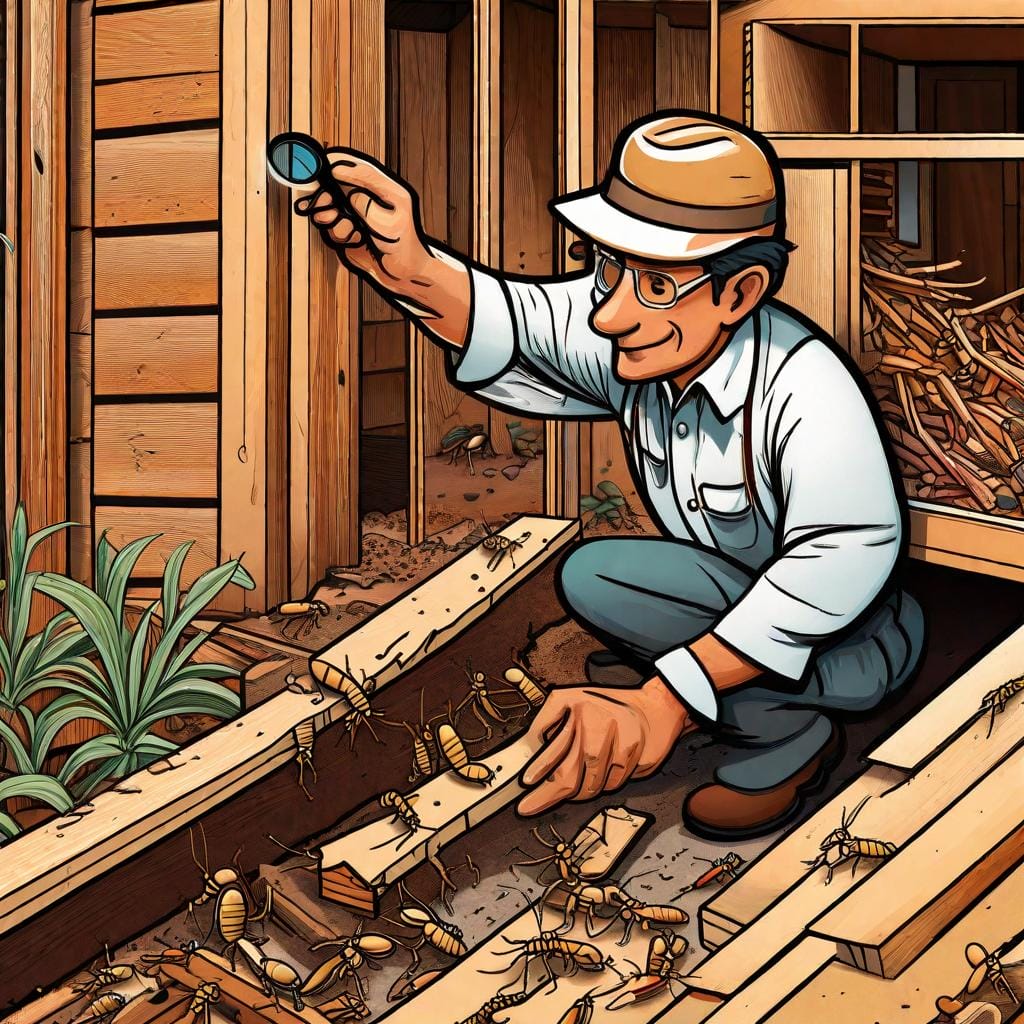
A. Regular Termite Inspections and Maintenance
1. Recommended Inspection Frequency: Experts recommend conducting termite inspections annually to detect early signs of infestations and mitigate potential damage promptly.
2. DIY Inspection Tips for Homeowners: Homeowners can play an active role in termite prevention by conducting periodic inspections. Look out for signs mentioned earlier and keep a lookout for swarmer’s during spring.
3. Professional Maintenance and Monitoring Services: Engaging professional maintenance services can ensure regular monitoring and preventive treatments to keep your house termite-free.
B. Implementing Termite Prevention Techniques
1. Proper Soil Treatment and Barrier Installation: Adequate soil treatment and the installation of physical or chemical barriers can create a deterrent against termite invasion, protecting your house’s foundation.
2. Securing Building Materials and Structural Modifications: Opt for termite-resistant building materials when constructing or renovating your house. Structural modifications, such as elevating wooden components above ground level, can help reduce the risk of termite infestation.
3. Reduction of Moisture and Wood-to-Soil Contact: Termites thrive in moist environments and can gain access to your house through direct contact with wood. By addressing plumbing issues and reducing wood-to-soil contact, you can create an unfavorable environment for termites.
C. Educating Yourself and Spreading Awareness
1. Understanding Termite Behavior and Habitat: Educating yourself about termite behavior, lifecycle, and preferred habitats can empower you to take proactive preventive measures.
2. Sharing Prevention Tips with Neighbors and Community: Spread awareness about termite prevention methods among your neighbors and community. Encourage collective action to create a termite-resistant environment.
3. Collaborating with Local Extensions and Organizations: Local agricultural extensions and organizations often provide valuable resources and guidance regarding termite prevention. Collaborate with them to amplify your efforts in preventing termite infestations.
Read More: The Salt Solution: Why Killing Rats With Salt Is Gaining Popularity In Pest Control
VI. Summary
The consequences of a failed termite inspection can be significant, from compromising the structural stability of your house to incurring financial losses. By taking immediate action and cooperating with professionals, you can minimize the impact of termite infestations. Implementing precautionary measures and spreading awareness are essential to prevent future infestations and protect your property from irreparable damage.
VII. FAQs (Frequently Asked Questions)
1. What does a termite inspection entail?
A termite inspection involves a thorough assessment of your house’s interior, exterior, and foundation for signs of termite activity. It helps identify existing infestations and potential risk areas.
2. How long does a typical termite treatment process take?
The duration of termite treatment depends on factors such as the severity of the infestation and the chosen treatment method. Typically, it can range from a few hours to several days.
3. Are there any DIY termite prevention methods?
While professional assistance is usually recommended, homeowners can supplement termite prevention efforts with periodic inspections, minimizing wood-to-soil contact, and addressing moisture issues.
4. Can termites cause irreparable damage to a house?
Yes, if left unchecked, termite infestations can lead to substantial damage to a house’s structure. However, prompt action and preventive measures can mitigate the risk of irreversible damage.
5. What are the potential health risks associated with termite infestation?
Termite infestations can cause allergic reactions and respiratory issues in sensitive individuals. Additionally, the presence of mold and the attraction of other pests due to termite activity can further compromise health and indoor air quality.

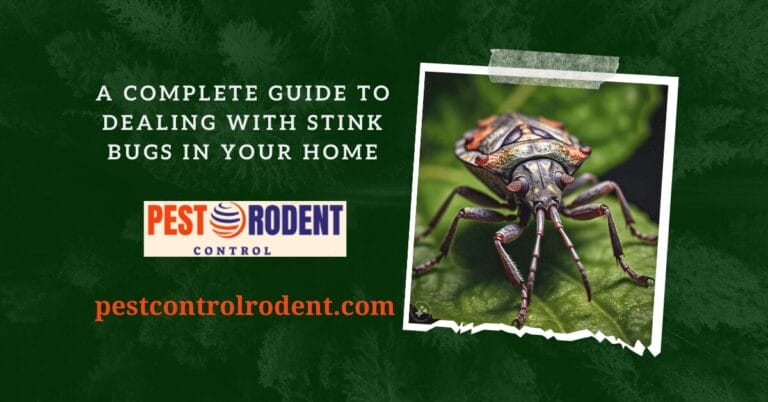
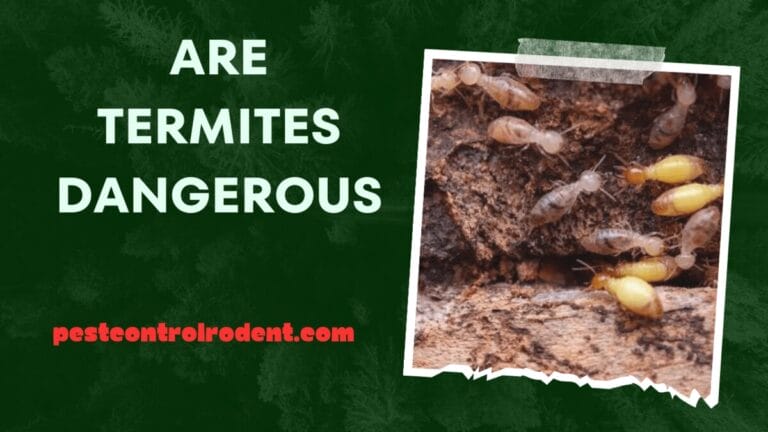
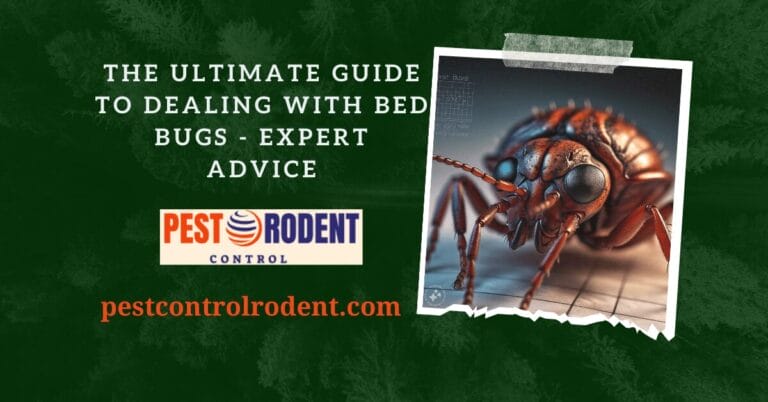
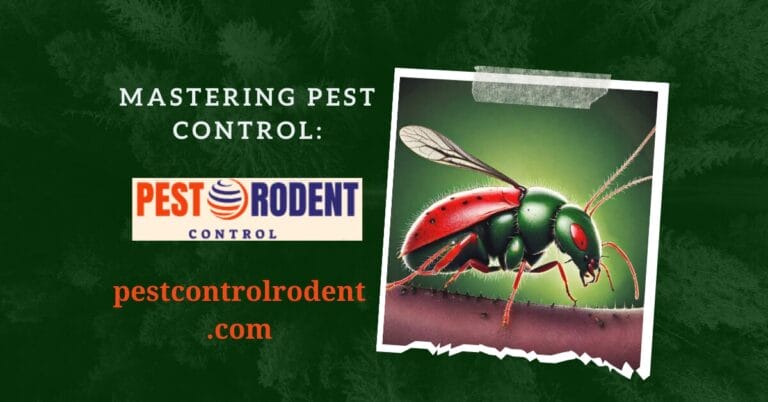
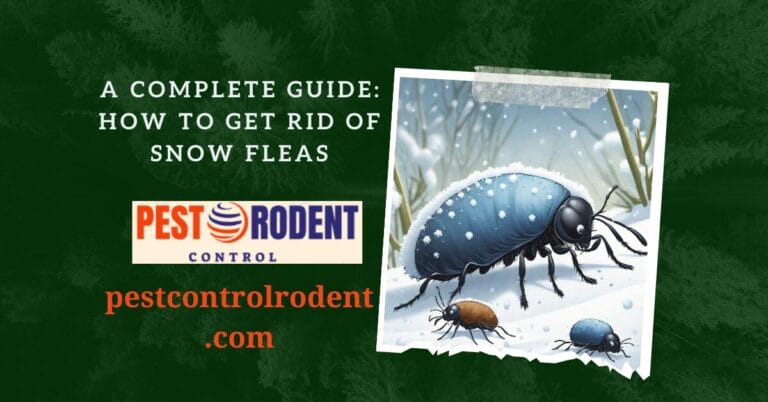
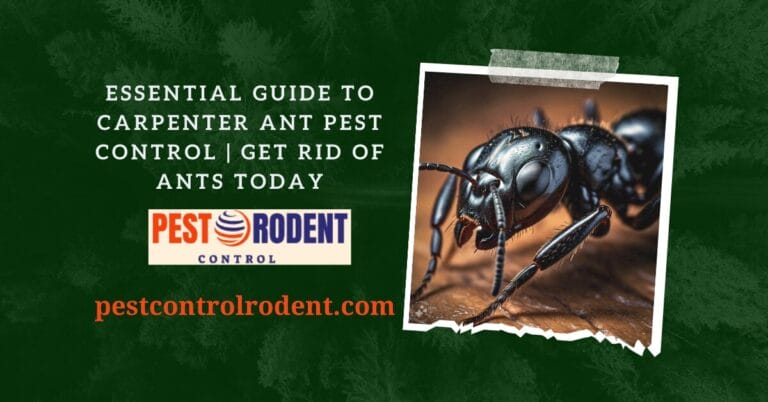
One Comment